 W
WJames Douglas, Earl of Angus was a Scottish nobleman and soldier.
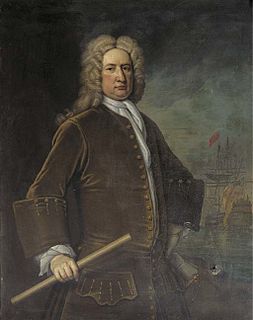 W
WJohn Baker was an officer of the Royal Navy and politician who sat in the House of Commons between 1713 and 1716. He rose to the rank of vice-admiral after service in the Nine Years' War and the War of the Spanish Succession.
 W
WAdmiral of the White Sir John Balchen, sometimes written as Balchin, was an officer of the British Royal Navy with a long and distinguished career during the late 17th and early 18th centuries. In the course of his service at sea, Balchen saw action in numerous battles against the French and Spanish navies across 60 years and three separate wars. He was twice captured by the French in action, both times being exonerated and commended for the defence of his ships against overwhelming odds.
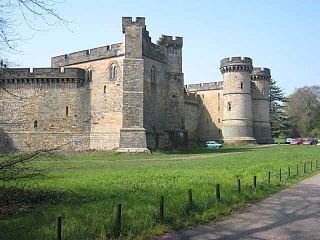 W
WSir Henry Belasyse, also spelt Bellasis, was an English military officer from County Durham, who also sat as MP for a number of constituencies between 1695 and 1715.
 W
WJohn Benbow was an English officer in the Royal Navy. He joined the navy aged 25 years, seeing action against Algerian pirates before leaving and joining the merchant navy where he traded until the Glorious Revolution of 1688, whereupon he returned to the Royal Navy and was commissioned.
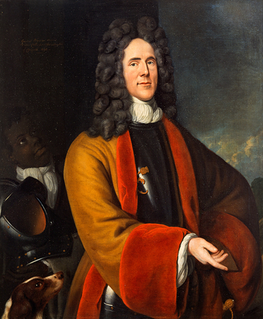 W
WLieutenant-Colonel John Blackadder was a Scottish soldier who served with the Cameronian Regiment during the late seventeenth and early eighteenth centuries.
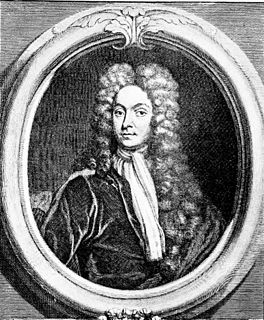 W
WJosiah Burchett, of Hampstead, Middlesex, was a British naval administrator and Whig politician, who sat in the English and British House of Commons between 1705 and 1741. He was Secretary of the Admiralty in England, a position he held for almost fifty years from 26 September 1694 to 14 October 1742. In addition to his administrative duties, he was the author of the first general history of the Royal Navy, published in 1720 and based on official Admiralty records.
 W
WLieutenant-General George Carpenter, 1st Baron Carpenter of Killaghy was a British army officer who also sat in the House of Commons from 1715 to 1727.
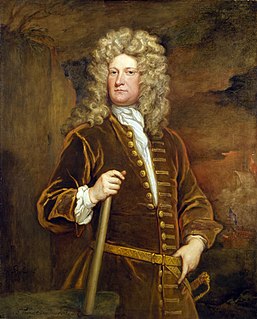 W
WRear Admiral Sir Thomas Dilkes was an officer in the Royal Navy.
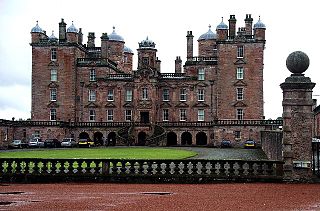 W
WLieutenant-General James Douglas (1645–1691), younger brother of the Duke of Queensberry, was a Scottish military officer.
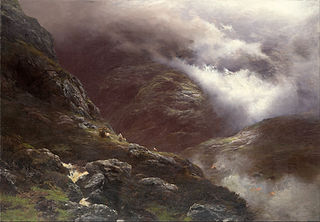 W
WRobert Duncanson, 1658 to May 1705, was a Scottish professional soldier from Inveraray; a retainer of the Earl of Argyll, he began his career during the 1685 Argyll's Rising, and is now best remembered for his involvement in the February 1692 Glencoe massacre.
 W
WAdmiral of the Fleet Sir Stafford Fairborne was a Royal Navy officer and Whig politician. As a captain he saw action in command of various ships at the Battle of Beachy Head, at the Battle of Barfleur and at the Battle of Lagos during the Nine Years' War.
 W
WLieutenant General William Hargrave was a British Army officer and Governor of Gibraltar.
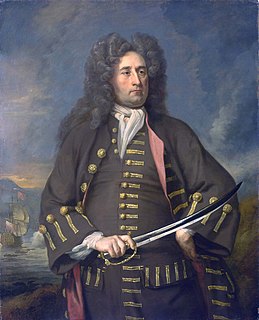 W
WSir Thomas Hopsonn or Hopson was an English naval officer and member of parliament. His most famous action was the breaking of the boom during the battle of Vigo Bay in 1702. After retiring from active service, he became a Navy Commissioner and the governor of Greenwich Hospital.
 W
WLieutenant-General Emanuel Scrope Howe, of The Great Lodge, Alice Holt Forest, Hampshire, was an English diplomat, army officer, and Member of Parliament.
 W
WWilliam Kidd, also known as Captain William Kidd or simply Captain Kidd, was a Scottish sea captain who was commissioned as a privateer and had experience as a pirate. He was tried and executed in London in 1701 for murder and piracy.
 W
WVice-Admiral Peregrine Osborne, 2nd Duke of Leeds, styled Viscount Osborne between 1673 and 1689, Earl of Danby between 1689 and 1694 and Marquess of Carmarthen between 1694 and 1712, was an English Tory politician.
 W
WGeneral John Churchill, 1st Duke of Marlborough, 1st Prince of Mindelheim, 1st Count of Nellenburg, Prince of the Holy Roman Empire, was an English soldier and statesman whose career spanned the reigns of five monarchs. From a gentry family, he served first as a page at the court of the House of Stuart under James, Duke of York, through the 1670s and early 1680s, earning military and political advancement through his courage and diplomatic skill.
 W
WThomas Mathews was a British officer of the Royal Navy, who rose to the rank of admiral.
 W
WAdmiral of the Fleet Edward Russell, 1st Earl of Orford, PC was a Royal Navy officer and politician. After serving as a junior officer at the Battle of Solebay during the Third Anglo-Dutch War, he served as a captain in the Mediterranean in operations against the Barbary pirates.
 W
WField Marshal George Hamilton, 1st Earl of Orkney, KT, styled Lord George Hamilton from 1666 to 1696, was a British soldier and Scottish nobleman and the first British Army officer to be promoted to the rank of field marshal. After commanding a regiment for the cause of William of Orange during the Williamite War in Ireland, he commanded a regiment in the Low Countries during the Nine Years' War. He then led the final assault at the Battle of Blenheim attacking the village churchyard with eight battalions of men and then receiving the surrender of its French defenders during the War of the Spanish Succession. He also led the charge of fifteen infantry battalions in an extremely bloody assault on the French entrenchments at the Battle of Malplaquet. In later life, he became a Lord of the Bedchamber to George I and was installed as Governor of Edinburgh Castle.
 W
WThomas Phillips was an English military engineer of the seventeenth century, who worked with some of the leading naval figures of his period, and was involved in military operations against the French during the Nine Years' War.
 W
WAdmiral of the Fleet Sir George Rooke was an English naval officer. As a junior officer he saw action at the Battle of Solebay and again at the Battle of Schooneveld during the Third Anglo-Dutch War. As a captain, he conveyed Prince William of Orange to England and took part in the Battle of Bantry Bay during the Williamite War in Ireland.
 W
WGeorge St Lo was a British naval officer and politician.
 W
WWilliam Tatton (1659–1736) was a career soldier in the British Army who rose to the rank of Lieutenant-General.
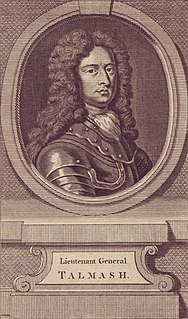 W
WThomas Tollemache, also spelt Talmash or Tolmach, was an English soldier and Member of Parliament. Beginning his military career in 1673, in 1686 he resigned his commission in protest at the introduction of Catholic officers into the English army by James II. A supporter of military intervention by the Protestant William of Orange, in early 1688 he joined a regiment of the Anglo-Scots Brigade, a long established mercenary unit in the Dutch army.
 W
WBrigadier-General Henry Trelawny was a British Army officer of Cornish descent, a Member of Parliament and Vice-Admiral of Cornwall.
 W
WWilliam III, also widely known as William of Orange, was sovereign Prince of Orange from birth, Stadtholder of Holland, Zeeland, Utrecht, Guelders, and Overijssel in the Dutch Republic from the 1670s and King of England, Ireland, and Scotland from 1689 until his death in 1702. As King of Scotland, he is known as William II. He is sometimes informally known as "King Billy" in Ireland and Scotland. His victory at the Battle of the Boyne in 1690 is commemorated by Unionists, who display orange colours in his honour. He ruled Britain alongside his wife and cousin Queen Mary II, and popular histories usually refer to their reign as that of "William and Mary".
 W
WGeneral Sir Charles Wills was a professional soldier from Cornwall, who was Lieutenant-General of the Ordnance and Member of Parliament for Totnes from 1718 to 1741.